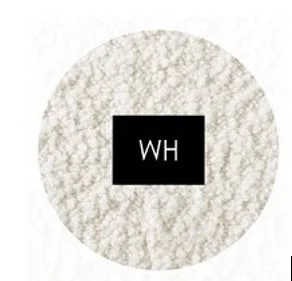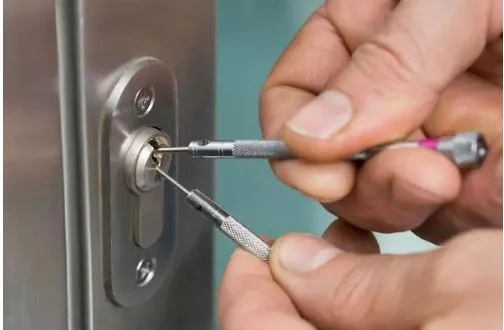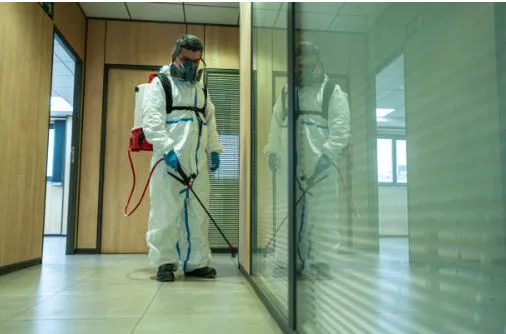Standard Xchange: Heat Exchanger Innovation Leader
When performance, reliability, and total lifecycle value matter, plant engineers and facility managers turn to Standard Xchange. For decades, the brand has been synonymous with high-efficiency heat transfer solutions that keep critical processes running—day in, day out. From compact, gasketed plate units that squeeze more capacity into tight mechanical rooms to rugged shell-and-tube exchangers that shrug off punishing duty cycles, Standard Xchange delivers engineered equipment that meets real-world demands. And with Southgate PE serving as a primary distributor of Standard Xchange products, you gain a responsive partner who can help you specify, source, and support the optimal system with minimal downtime.
A full portfolio built around your duty—not the catalog
Every heat duty is a balancing act among temperature approach, pressure drop, footprint, fouling potential, materials compatibility, and budget. Standard Xchange’s breadth lets you dial in precisely what you need:
- Gasketed plate & frame exchangers for tight temperature approaches, rapid thermal response, and easy clean-in-place maintenance. Multiple plate geometries enable high turbulence at modest pumping power, keeping surfaces cleaner and heat transfer coefficients high.
- Brazed plate exchangers for sealed, compact service on HVAC, refrigeration, and clean fluids where a permanent, leak-tight joint delivers worry-free operation.
- Semi-welded and fully welded plate designs for aggressive media, higher pressures, or when cross-contamination is unacceptable.
- Shell-and-tube exchangers in straight-tube, U-tube, and multi-pass configurations for dirty streams, large flow imbalances, and elevated temperatures. Removable bundles and customizable baffle layouts simplify inspection and overhaul.
- Air-cooled and aftercooler solutions when water is scarce or when outdoor, fan-assisted heat rejection makes more operational sense.
- Custom engineered units tailored to unique duty points, materials requirements (carbon steel, stainless, duplex, titanium, nickel alloys, copper-nickel), and integration constraints.
This portfolio means you’re not forced into compromises. Whether your priority is the tightest approach, the lowest pump energy, the simplest cleaning regimen, or the longest maintenance interval, there is a Standard Xchange configuration that fits.
Engineering that respects your operating reality
Real plants don’t run on perfect fluids and textbook fouling factors. Standard Xchange designs are grounded in practical engineering:
- Optimized turbulence increases heat transfer while resisting deposition, extending run lengths between cleanings.
- Thoughtful channel and pass arrangements balance shear, residence time, and allowable pressure drop to meet your process targets without over-specifying pump horsepower.
- Serviceability by design—swing-out covers, guided tie bars, and smart gasket management—reduces labor during routine maintenance.
- Robust mechanical design accommodates thermal cycling and vibration, limiting fatigue and leak paths over years of duty.
Behind the hardware is a deep bench of thermal and mechanical engineers who model duties using proven methods (LMTD and ε-NTU), then validate selections against real-world performance data. The result is equipment that meets spec on paper and in the plant.
Proven across industries and applications
Standard Xchange equipment supports critical services across a wide spectrum:
- HVAC & district energy: Condenser water heat recovery, free cooling, and boiler isolation with plate & frame units that minimize approach temperatures and footprint.
- Food & beverage & life sciences: Sanitary and corrosion-resistant builds support pasteurization, fermentation temperature control, WFI jacket cooling, and CIP integration.
- Oil, gas & petrochemical: Shell-and-tube workhorses handle solvents, lube oils, and amine services, specified for pressure, temperature, and corrosion allowance.
- Power & energy: Generator and transformer cooling, turbine lube oil conditioning, and heat recovery loops that trim fuel usage.
- Pulp & paper, metals, and mining: Slurries and high-solids streams get robust heat exchange with maintainable designs and materials that stand up to abrasive duty.
- Marine & offshore: Compact, corrosion-resistant coolers fit space-constrained engine rooms while resisting seawater attack.
Wherever there is heat to move—from a chiller plant to a cracking unit—Standard Xchange likely has a proven reference and a fitting design path.
Quality, compliance, and documentation that pass audits
Procurement and safety teams expect more than performance numbers. Standard Xchange builds to rigorous quality systems and provides the documentation packages modern facilities require: material test reports, pressure test certificates, welding procedures and qualifications, nameplate data, and installation/operation manuals. Designs can be furnished to meet the applicable standards and codes for your project and jurisdiction. The net effect is smoother approvals, fewer RFIs, and a cleaner audit trail.
Lower energy and a lighter carbon footprint
Heat exchangers sit at the heart of efficiency projects. By recovering waste heat, tightening temperature approaches, and reducing auxiliary power for pumps and fans, Standard Xchange systems help you shrink operating costs and emissions. Plate solutions often enable very small approach temperatures, unlocking heat-recovery opportunities that older equipment could not economically capture. Air-side offerings reduce or eliminate cooling tower water demand in suitable climates, trimming water usage and chemical treatment loads. Combine thoughtful selection with smart controls—variable-speed fans and modulating valves—and the energy savings compound.
Lifecycle support that safeguards uptime
Performance on day one is only half the story. Standard Xchange backs its equipment with comprehensive lifecycle services: plate pack regasketing and cleaning, replacement bundles, spare parts programs, troubleshooting, and retrofit guidance when duties change. Standardized components and clear part numbering simplify reorders. When a process evolves—more flow, new fluid, tighter setpoints—an application engineer can validate whether to re-rate, re-gasket, re-plate, or replace.
Southgate PE: your primary distributor and first call
Southgate PE is a primary distributor of Standard Xchange products, bringing local inventory, application expertise, and fast response to your project timeline. Here’s what that means in practice:
- Application & sizing support: Share your flow rates, inlet/outlet temperatures, allowable pressure drops, media properties, and fouling assumptions. Southgate PE engineers will size and select the right model and materials, then provide submittals you can route for approval.
- Speed to quote, speed to ship: With direct access to Standard Xchange and prioritized channels, Southgate PE shortens lead times and coordinates expedited deliveries when outages or turnarounds compress schedules.
- Jobsite coordination: From lifting points to nozzle orientations and service clearances, Southgate PE helps ensure the unit fits and can be maintained in the space you have—not the space you wish you had.
- After-sales service: Need plates, gaskets, or a replacement bundle? Southgate PE can cross-reference legacy units, verify serials, and get the correct parts on order.
- Retrofit guidance: Upgrading a shell-and-tube to plate-and-frame for tighter approaches? Swapping a brazed plate into a cramped mechanical room? Southgate PE advises on pressure ratings, connection types, and support steel so installations go right the first time.
In short, you get the best of both worlds: the manufacturing strength and design depth of Standard Xchange, and the agility and proximity of a distributor who knows your market, your constraints, and your deadlines.
How to start a specification the smart way
Arrive at the ideal solution faster by assembling a concise data sheet:
- Process data: Fluid types on both sides, flow rates, viscosities, specific heats, and any solids.
- Thermal targets: Inlet/outlet temperatures, desired approach, and hot-side/cold-side priority.
- Hydraulic limits: Maximum allowable pressure drops and available pump head.
- Constraints: Space envelope, connection sizes and orientations, cleaning preferences (CIP vs. open).
- Materials & codes: Preferred alloys, gasket elastomers, design pressures/temperatures, and any code requirements or documentation deliverables.
- Fouling assumptions: Historical rates or conservative factors, plus water chemistry if applicable.
With these basics, Southgate PE and Standard Xchange can propose a right-sized unit, explain tradeoffs (energy vs. footprint vs. maintenance), and provide budgetary pricing and lead times.
Confidence from specification to start-up—and beyond
Choosing a heat exchanger is not just about crossing a thermal duty off a list. It’s about ensuring safe, efficient process control, protecting downstream assets, and meeting sustainability goals with equipment that will still be performing a decade from now. Standard Xchange has earned its reputation by combining proven hardware, practical engineering, and serviceability that respects maintenance windows and budgets. With Southgate PE standing beside you as a primary distributor, you gain a partner committed to your schedule, your standards, and your success.






